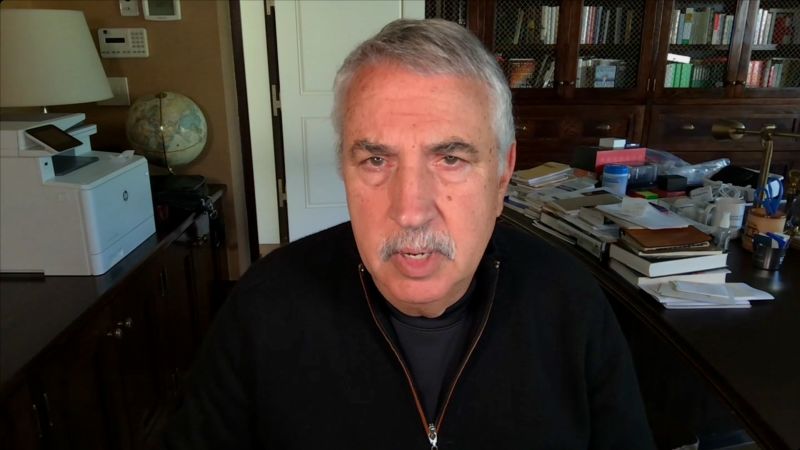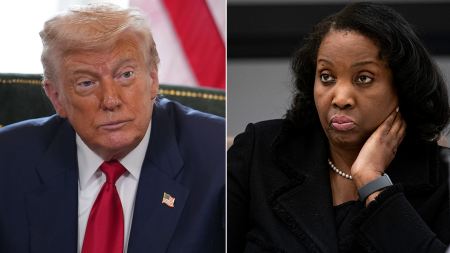Friedman argues that the ongoing conflict between Israel and Hamas can only be resolved through the establishment of two states for two indigenous people – Israelis and Palestinians. He emphasizes that any solution must prioritize ending the violence and securing the release of hostages on both sides. Friedman criticizes those who condemn only one side of the conflict without acknowledging the wrongdoing of both parties, suggesting that this approach is not morally serious. By advocating for a two-state solution, Friedman promotes the idea of coexistence and mutual recognition between Israelis and Palestinians in the region.
Friedman’s viewpoint reflects a broader global consensus that a two-state solution is the most viable path to peace in the Middle East. This approach seeks to create separate, independent states for Israelis and Palestinians, with defined borders that respect the rights and aspirations of both peoples. By acknowledging the indigenous status of both groups, Friedman highlights the shared history and connection to the land that underlies the conflict. He argues that recognizing the legitimate claims of both Israelis and Palestinians is essential for achieving a lasting resolution to the conflict.
The Israel-Hamas conflict has deep historical roots, with both sides laying claim to the same land and facing deep-seated grievances and distrust. Friedman acknowledges the complexity of the situation, recognizing that there are legitimate concerns and grievances on both sides. By advocating for a two-state solution, he seeks to address these issues by offering a framework for coexistence and mutual recognition. This approach is based on the principle that both peoples have the right to self-determination and must be able to live in peace and security within internationally recognized borders.
Friedman’s call for a two-state solution is also based on the belief that a shared future is possible for Israelis and Palestinians. By emphasizing the need for mutual recognition and peaceful coexistence, he suggests that both peoples can live side by side in harmony and prosperity. This vision contrasts with the current reality of violence and conflict, highlighting the possibility of a different path forward. Friedman’s argument is rooted in the belief that a two-state solution offers the best chance for Israelis and Palestinians to build a future based on mutual respect and cooperation.
In conclusion, Friedman’s advocacy for a two-state solution in Israel is grounded in the belief that coexistence and mutual recognition are essential for achieving lasting peace in the region. By emphasizing the need for an end to violence and the release of hostages on both sides, he highlights the importance of addressing the grievances and concerns of both Israelis and Palestinians. His call for a two-state solution reflects a broader consensus that this approach offers the best path forward for resolving the Israel-Hamas conflict and building a future based on peace and security. Friedman’s argument is based on the principle that recognizing the legitimate claims of both peoples is essential for achieving a just and lasting resolution to the conflict.













